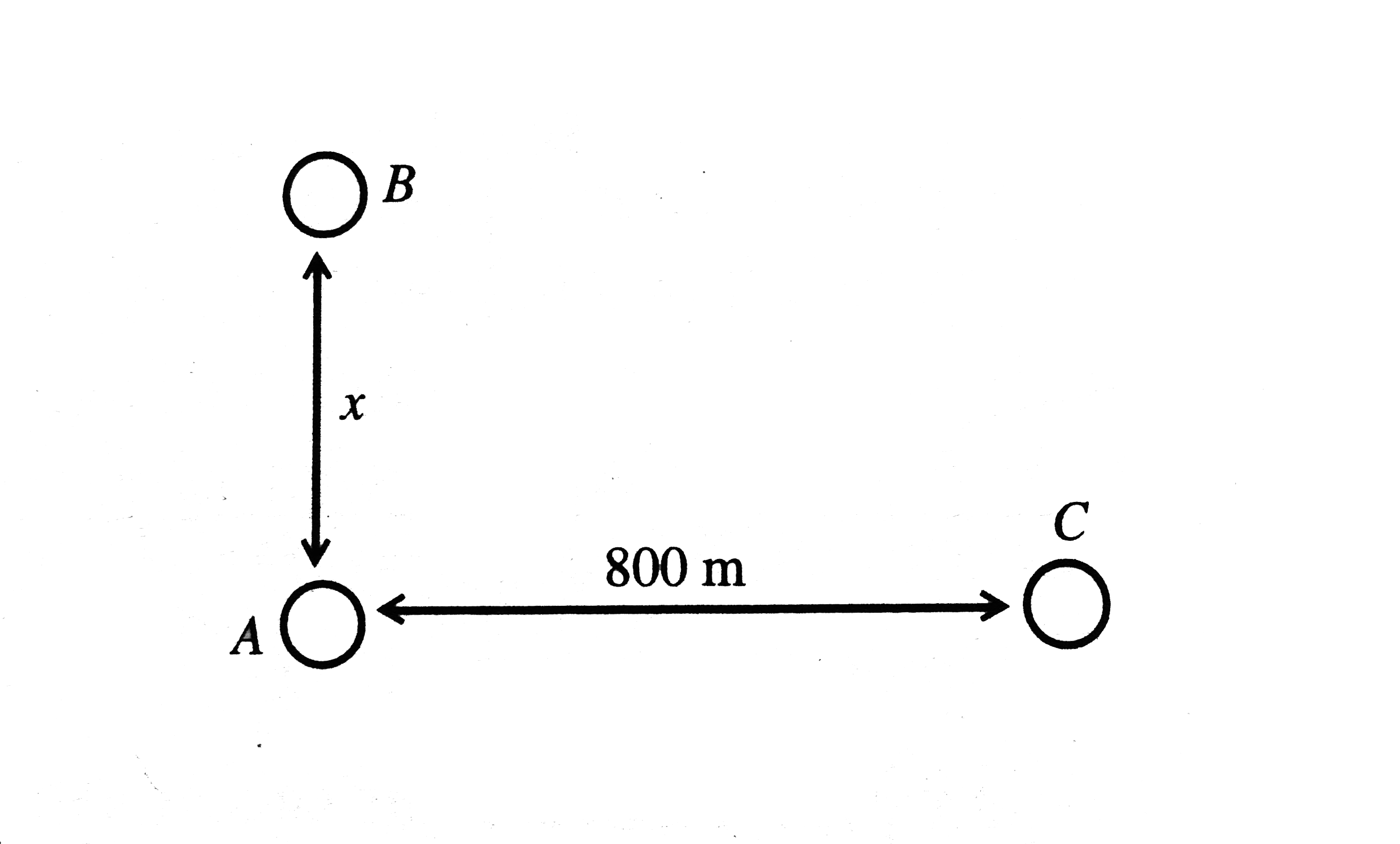Mark the correct statement
magnitude of the velocity of a particle is equal to its speed
The magnitude of average velocity in an interval is equal to its average speed in that interval
is possible to have a situation in which the speed of a particle is always zero but the average speed is not zero
It is possible to have a situation in which the speed of the particle is never zero but the average speed in an interval is zero
The correct Answer is:A
To solve the question, we need to evaluate the given statements about velocity and speed and determine which one is correct. Let's analyze each statement step by step:
Step 1: Understanding Velocity and Speed
- Velocity is a vector quantity that has both magnitude and direction. It is defined as the rate of change of displacement with respect to time.
- Speed is a scalar quantity that only has magnitude. It is defined as the rate of change of distance with respect to time.
Step 2: Evaluating Statement A
- Statement A: The magnitude of the velocity of a particle is equal to its speed.
- Analysis: The magnitude of the velocity vector is calculated as √a2+b2+c2, which is indeed equal to the speed (the total distance traveled per unit time). Therefore, this statement is correct.
Step 3: Evaluating Statement B
- Statement B: The magnitude of the average velocity in an interval is equal to the average speed in that interval.
- Analysis: Average velocity is defined as displacement divided by time, while average speed is distance divided by time. Since displacement and distance can differ (e.g., in circular motion), this statement is incorrect.
Step 4: Evaluating Statement C
- Statement C: It is possible to have a situation in which the speed of a particle is always 0 but the average speed is not 0.
- Analysis: If the speed is always 0, it means the particle is not moving, hence the average speed must also be 0. This statement is incorrect.
Step 5: Evaluating Statement D
- Statement D: It is possible to have a situation in which the speed of a particle is never zero but the average speed in an interval is zero.
- Analysis: If the speed is never zero, the particle is always in motion, which means it will cover some distance. Therefore, the average speed cannot be zero. This statement is incorrect.
Conclusion
After analyzing all the statements, we find that:
- Correct Statement: Statement A is correct, while Statements B, C, and D are incorrect.
Final Answer
The correct statement is A: The magnitude of the velocity of a particle is equal to its speed.
---
- Velocity is a vector quantity that has both magnitude and direction. It is defined as the rate of change of displacement with respect to time.
- Speed is a scalar quantity that only has magnitude. It is defined as the rate of change of distance with respect to time.
- Statement A: The magnitude of the velocity of a particle is equal to its speed.
- Analysis: The magnitude of the velocity vector is calculated as √a2+b2+c2, which is indeed equal to the speed (the total distance traveled per unit time). Therefore, this statement is correct.
- Statement B: The magnitude of the average velocity in an interval is equal to the average speed in that interval.
- Analysis: Average velocity is defined as displacement divided by time, while average speed is distance divided by time. Since displacement and distance can differ (e.g., in circular motion), this statement is incorrect.
- Statement C: It is possible to have a situation in which the speed of a particle is always 0 but the average speed is not 0.
- Analysis: If the speed is always 0, it means the particle is not moving, hence the average speed must also be 0. This statement is incorrect.
- Statement D: It is possible to have a situation in which the speed of a particle is never zero but the average speed in an interval is zero.
- Analysis: If the speed is never zero, the particle is always in motion, which means it will cover some distance. Therefore, the average speed cannot be zero. This statement is incorrect.
After analyzing all the statements, we find that:
- Correct Statement: Statement A is correct, while Statements B, C, and D are incorrect.
The correct statement is A: The magnitude of the velocity of a particle is equal to its speed.
Topper's Solved these Questions
- KINEMATICS OF A PARTICLE BOOK - VMC MODULES ENGLISHCHAPTER - KINEMATICS OF A PARTICLE EXERCISE - LEVEL 2
65 Videos
- KINEMATICS OF A PARTICLE BOOK - VMC MODULES ENGLISHCHAPTER - KINEMATICS OF A PARTICLE EXERCISE - JEE MAIN (archive)
19 Videos
- KINEMATICS OF A PARTICLE BOOK - VMC MODULES ENGLISHCHAPTER - KINEMATICS OF A PARTICLE EXERCISE - JEE Advanced (archive)
14 Videos
- JEE MAIN REVISON TEST-23BOOK - VMC MODULES ENGLISHCHAPTER - JEE MAIN REVISON TEST-23EXERCISE - PHYSICS (SECTION 2)
1 Videos
- LAWS OF MOTION BOOK - VMC MODULES ENGLISHCHAPTER - LAWS OF MOTION EXERCISE - IMPECCABLE
53 Videos
Similar Questions
Mark out the correct statement(s).
View SolutionMark out the correct statement(s).
View SolutionMark out the correct statement regarding X-rays.
View SolutionMark out the correct statement(s) regarding waves.
View SolutionMark out the correct statement among the following.
View SolutionMark out the correct statement(s) regarding electrolytic molar conductivity.
View SolutionFor the situation shown in the figure below mark out the correct statement (s) -
 .
.
View SolutionMark out the correct statement with respect to thermal radiations emitted by a black body
View SolutionTwo speakers are placed as shown in Fig.7.98.
Mark out the correct statement(s)

View SolutionFor the situation shown in the figure below ("assume "r>> length of dipole ) mark out the correct statement (s) -
 .
.
View Solution
